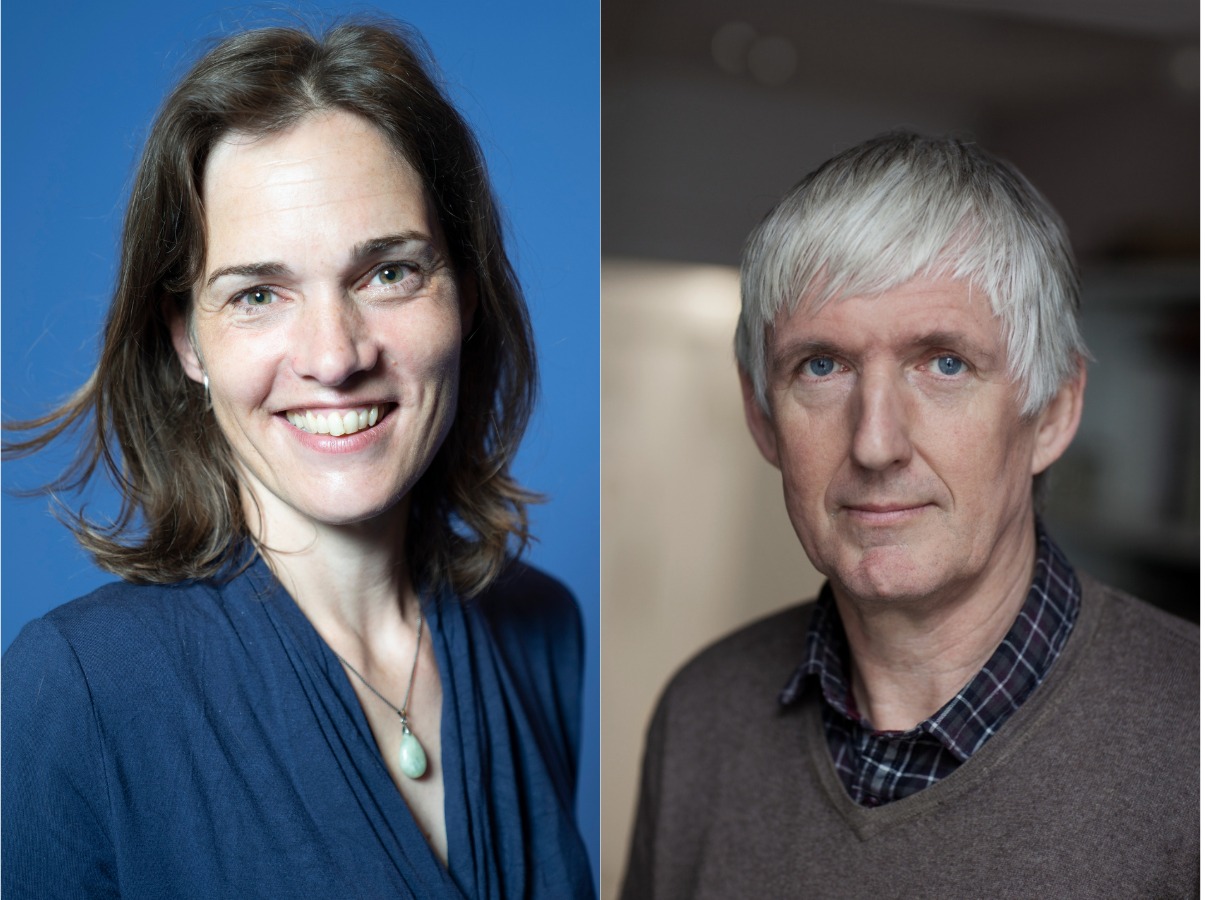The Maddison Project: New 2023 Update Illuminates Origins of Modern Economic Growth

In a new update of the renowned Maddison Project Database, economic historians from the University of Groningen (amongst others) shed new light on the genesis of modern economic growth.
New dataset
The latest iteration of the Maddison Project Database, recently published in the Journal of Economic Surveys not only incorporates new time series data on GDP per capita for many countries but refined the original Maddison methodology. This makes it the most robust dataset for long run economic growth for a global set of countries.
The new dataset incorporates income estimates for 13 countries which go back to centuries before the Industrial Revoluation. This exciting new work shows that even though pockets of economic growth existed before 1820, the world economy only started to accelerate after that year, underscoring the pivotal role of technology-driven modern economic growth post-1820. While signs of stagnation have recently emerged in the affluent core of the global economy, the overarching trend remains robust and widespread. Over the period from 1820 to 2020, the average global standard of living (GDP pc) witnessed a remarkable 1271 percent increase, marking one of the most profound shifts in human existence since the transition from hunter-gatherer societies to agrarian civilizations.
Importance of GDP data
While the use of GDP and GDP per capita as measures of wellbeing has faced criticism, these metrics remain indispensable tools in economic research and policymaking. Professor Jutta Bolt, one of the UG-researchers involved in this project explains: “The availability of robust GDP estimates underscores the magnitude of the profound and far-reaching transformations that have reshaped the global economy over the past two centuries. This latest update from the Maddison Project not only enriches our understanding of economic history but also provides invaluable insights for policymakers, researchers, and the broader public alike.”
Maddison Project
Measuring the process of economic change is at the heart of the Maddison Project, a collaborative international research initiative dedicated to charting the course of economic change at national, regional, and global levels. Named in honor of Angus Maddison, a pioneer in the field of long-term economic analysis, this project is an important part of the Groningen Growth and Development Centre and represents a culmination of efforts by a diverse group of scholars. Their meticulous work integrates data from over 169 individual countries, spanning centuries before the Industrial Revolution.
For more information, please visit the website.
More news
-
10 November 2025
Decentralization of youth care
